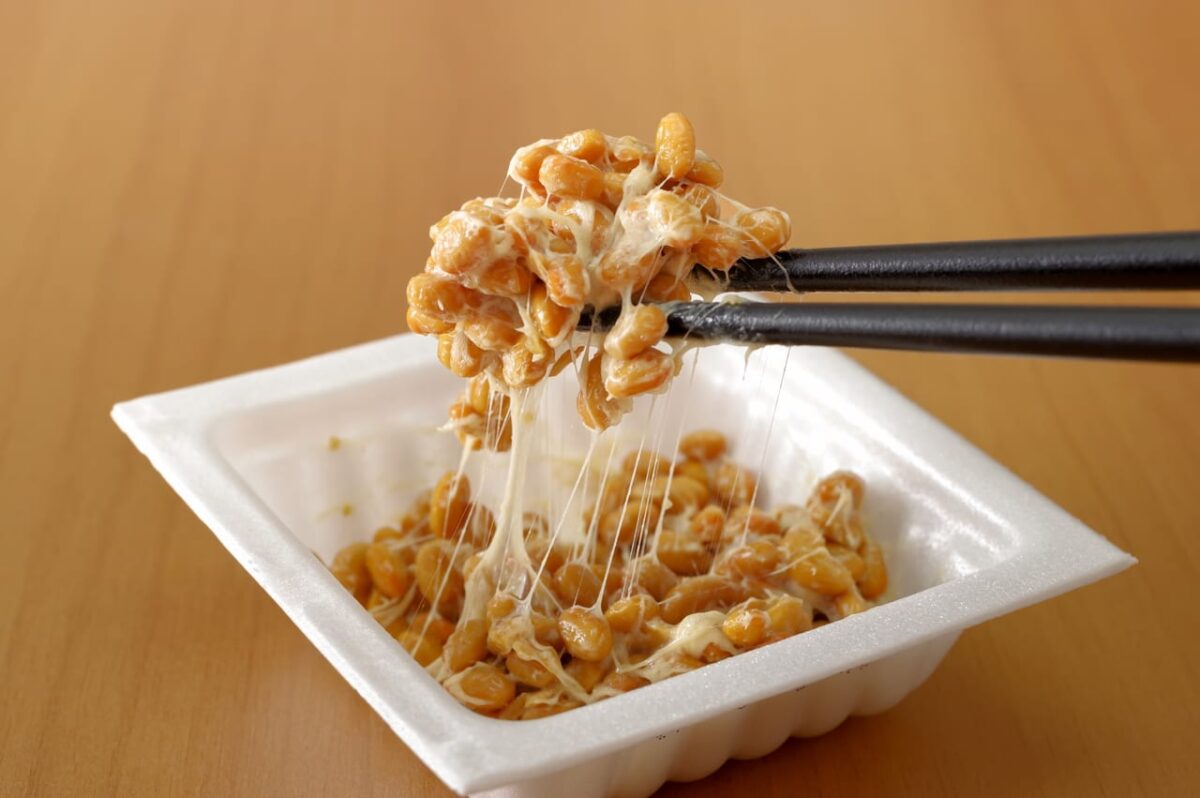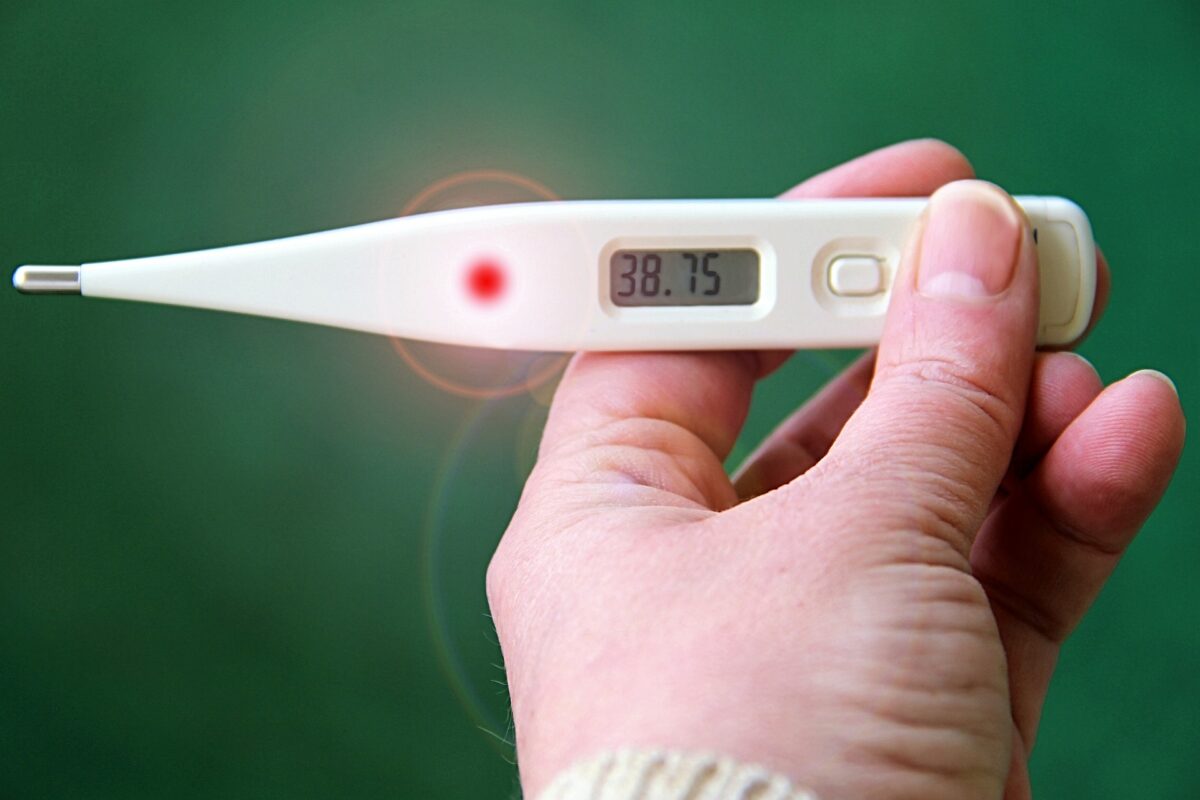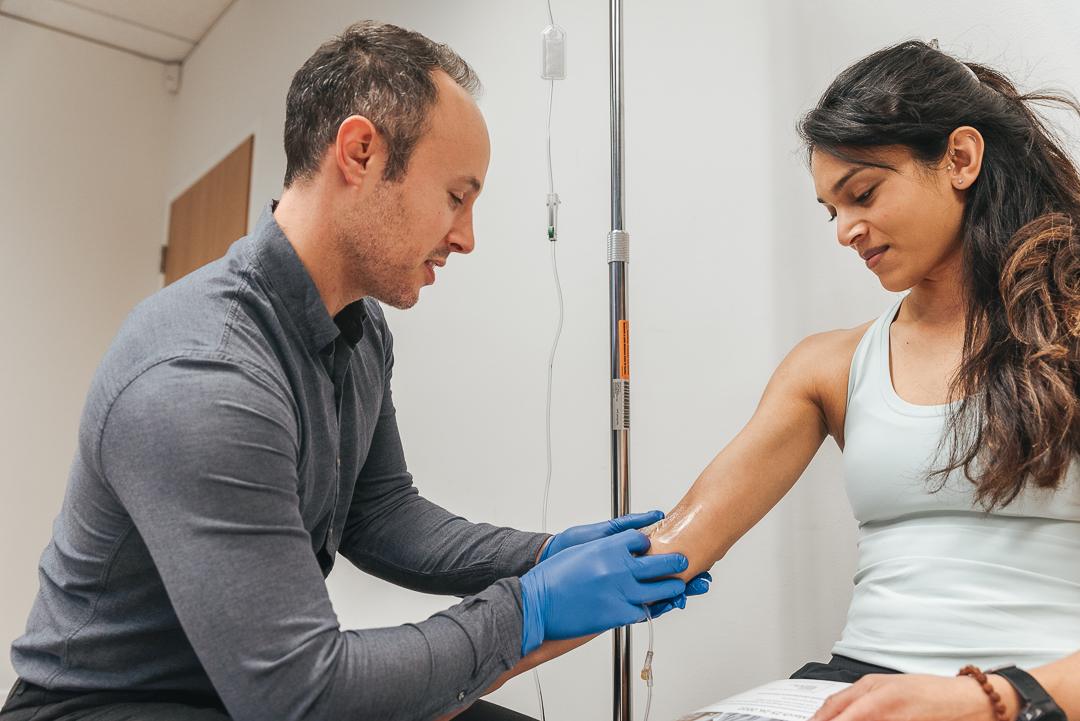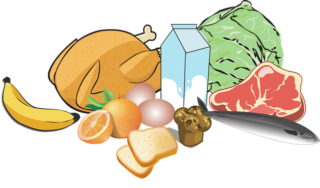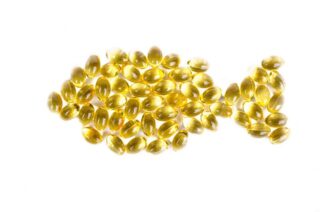Have you ever heard of Shilajit? If not, don’t worry you’re not alone. For centuries, this rock-like substance has been used for its purported health benefits in the Indian subcontinent and surrounding regions. But what exactly is this mysterious stuff? In this blog post, we’ll answer that question and discuss some of the potential health benefits of Shilajit.
What is Shilajit?
Shilajit is a tar-like substance found in the mountains of the Himalayas and other mountainous regions. It is made up of organic plant matter that has been compressed over many years by layers of rock and ice. This dark brown or blackish material can be scraped off rocks in its raw form or purchased as a powder, liquid extract, or capsule supplement.
Shilajit has long been used in Ayurvedic medicine for its purported health benefits, including increased energy levels and enhanced physical performance. The active ingredients are believed to include minerals like iron, zinc, magnesium, and copper; humic substances like fulvic acid; antioxidants; amino acids; vitamins; enzymes; and other phytonutrients.
Potential Health Benefits of Shilajit
Shilajit has traditionally been used to treat a wide range of ailments including diabetes, fatigue, weak bones, low libido, digestive issues, high cholesterol levels, and even depression. While more research needs to be done to confirm these potential health benefits, preliminary findings have suggested that it may indeed be beneficial for certain conditions such as type 2 diabetes and chronic fatigue syndrome (CFS). In addition to providing energy-boosting effects due to its high mineral content, shilajit may also help reduce inflammation and increase immunity due to its antioxidant content. Let’s take a closer look at some of the clinical research.
Recent clinical studies have shown that shilajit may be useful in treating a variety of health conditions. For instance, in a study published in the Journal of Traditional and Complementary Medicine in 2018, researchers found that daily ingestion of shilajit for 12 weeks reduced levels of fasting blood sugar, hemoglobin A1C, and urinary albumin-to-creatinine ratio in patients with type 2 diabetes.
Similarly, another investigation reported in the International Journal of Endocrinology and Metabolism revealed that supplementing with shilajit for 8 weeks improved insulin sensitivity and blood sugar control among CFS patients.
Furthermore, research published in the journal Biochemical and Biophysical Research Communications suggests that shilajit has anti-inflammatory properties due to its antioxidant content. Specifically, one study found that it reduced oxidative stress markers such as malondialdehyde (MDA), glutathione (GSH) and superoxide dismutase (SOD). These findings are consistent with other reports indicating that shilajit may help reduce inflammation by scavenging harmful free radicals from the body.
The mineral content of shilajit may also contribute to its beneficial effects on health. For example, a study published in Evidence Based Complementary & Alternative Medicine showed that supplementation with this substance increased total cholesterol levels while decreasing triglycerides and low-density lipoprotein cholesterol (LDL-C) concentrations among healthy adults. Other investigations have revealed that it may promote better bone health by increasing calcium absorption from food or supplements. Finally, some experts claim that regular consumption of this substance can help boost energy levels by improving mitochondrial function and cellular respiration processes.
Potential Risks
Shilajit can be a great supplement due to its potential benefits, however, there are certain risks and cautions that should be taken into consideration.
For starters, it is important to note that shilajit is not regulated by the FDA and could contain heavy metals such as lead and arsenic if not properly sourced. This is especially true for shilajit products coming from outside of the United States. It is also important to consult with a doctor before using shilajit, especially if you are pregnant or breastfeeding.
Additionally, people with existing medical conditions like diabetes or high blood pressure should use caution when taking shilajit due to possible interactions with medications they may already be taking.
As with any supplement or herb, it is important to take the recommended dosage in order to avoid any side effects such as nausea, headaches, heartburn and stomach upset. Lastly, because of its detoxifying properties and effect on metabolism, people who are sensitive to change in their diet might want to start slow when first taking shilajit in order to give their bodies time to adjust. Taking all of these factors into account can help ensure the safe use of shilajit and maximize its potential health benefits.
Conclusion
In short, Shilajit is an enigmatic rock-like substance found in mountain regions around the world with a long history of being used in traditional medicine for its purported health benefits. While more research needs to be done before any definitive conclusions can be drawn about its effectiveness as a treatment option for various ailments—including diabetes and CFS—preliminary findings suggest that shilajit may indeed provide useful energy-boosting effects due to its high mineral content as well as anti-inflammatory properties due to its antioxidant content. Ultimately though it’s always important to consult your doctor before taking any new supplements! With that being said—we hope you learned something new about shilajit today!
Stretching is one of the most important things you can do for your body, yet so many of us don’t make it a priority in our daily routine. Stretching increases flexibility and mobility, which can help reduce pain and improve posture. But there are even more benefits to stretching every day. Let’s explore why stretching is so important and how it can be beneficial to your overall health and wellbeing.
Stretching Increases Flexibility
The most well-known benefit of stretching is that it increases flexibility. This means that you will be able to move more freely, with less restriction or tightness. Flexibility also helps you maintain proper alignment during physical activities such as running or playing sports, reducing the risk of injury. Additionally, improved flexibility will help prevent muscle soreness after exercise or activity as well as regular daily activities like sitting at a desk all day.
A recent study from the ACSM’s Health & Fitness Journal found that regular stretching (defined as two to three sessions per week of around 10 minutes each) led to significant improvements in hip, shoulder and hamstring flexibility over a period of 12 weeks (1). Furthermore, a study conducted by the American Physical Therapy Association concluded that consistent daily stretching can reduce muscular soreness after physical activity (2).
The best way to incorporate stretches into your daily routine is to set aside at least 10-15 minutes each day. Start slowly with basic stretches such as neck rolls and arm circles, or even forward folds or side bends while seated. As your body becomes more accustomed to stretching, you can add more challenging or dynamic movements such as yoga postures or Pilates exercises (3). Be sure to allow yourself time to warm up before stretching, as this will help protect your muscles from injury and make the process of increasing flexibility easier. Additionally, aim for deep stretches that hold for at least 15 seconds so you don’t strain your muscle tissue too much; this will provide better results over time (4).
Stretching Reduces Stress
Stretching not only helps physically but mentally as well! Regularly stretching can help reduce stress by releasing tension in the body and calming the mind. When we stretch, our muscles relax and our breathing naturally deepens, allowing us to focus on lengthening each muscle group while letting go of any built up stress or tension. Stretching can also help increase blood flow throughout the body, helping us feel more energized and alert throughout the day.
Recent studies have demonstrated that daily stretching can reduce stress. According to a study conducted by researchers at the University of Tokyo, stretching for just 10 minutes per day reduced cortisol levels in participants. Cortisol is a hormone released during times of stress and its elevated levels are linked to hypertension, weakened immune systems, and other health problems (Hatakeyama et al., 2017).
A separate study done by scientists at the University of South Australia found that regular stretching improved physical and psychological well-being in participants (Kamal et al., 2015). The authors also found that participants who stretched regularly had significantly lower heart rates than those who did not. Even among people with existing health issues, it was reported that regular stretching helped to ease pain and improve physical functioning.
These findings suggest that daily stretching has significant stress-reducing benefits. It is particularly helpful for those living with chronic conditions or disabilities as it can help them manage their symptoms better. Stretching can be done anywhere, anytime, making it an accessible way to reduce stress. Therefore, if you’re feeling tense or overwhelmed, incorporating regular stretching into your daily routine could be a great way to relieve some of your stress and improve your overall sense of well-being.
Improved Posture
Poor posture is one of the main causes of neck and back pain, yet something we often overlook when trying to prevent aches and pains from developing in our bodies. Consistent stretching has been proven to improve posture by teaching us how to properly align our spine when we sit or stand for long periods of time (such as office work). Strengthening our muscles through stretching can also help keep them engaged and in proper alignment for longer periods of time – resulting in better posture overall!
Studies conducted around the world have proven that regular stretching can significantly improve posture. For example, one study published in 2017 in the Journal of Physical Therapy Science examined the effects of stretching on the improvement of posture among female students. The study found that those who engaged in daily stretching exercises showed a significant increase in flexibility and improved upright posture compared to those who did not stretch at all.
Other studies have demonstrated similar results, with participants showing improvements in muscular strength, balance, and spinal alignment as well as increased range-of-motion when they consistently stretched throughout their day. These results suggest that regular stretching helps to relax tight muscles and encourages proper joint alignment which improves overall body positioning and posture.
Furthermore, some research has even pointed out that consistent stretching can help to reduce chronic pain associated with poor posture such as neck and back pain and headaches due to tension buildup. Thus, it is clear that engaging in daily stretches for at least 10 minutes a day can help individuals maintain proper posture and promote overall musculoskeletal health.
Conclusion
It’s easy to see why incorporating regular stretching into your daily routine is essential for both physical and mental wellbeing! Not only does it increase flexibility, reduce stress levels, and improve posture; but it also helps boost energy levels throughout the day so that you always feel ready to take on whatever life throws your way! So next time you’re feeling stressed out or sore after a long day, try taking a few minutes out of your day to do some basic stretches – it could make all the difference!
References:
(1) ACSM’s Health & Fitness Journal: https://journals.lww.com/acsm-healthfitness/Fulltext/2016/05000/The_Effects_of_Stretching_on_Performance–A_Systematic.9.aspx
(2) American Physical Therapy Association: http://www.apta.org/PWNF/
(3) Harvard Health Publishing: https://www.health.harvard.edu/staying-healthy/the-importance-of-stretching
(4) Mayo Clinic: https://www.mayoclinic.org/healthy-lifestyle/adult-health/in-depth/stretching/art-20047931

